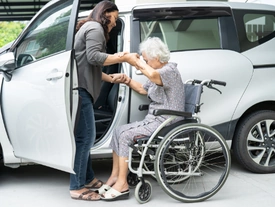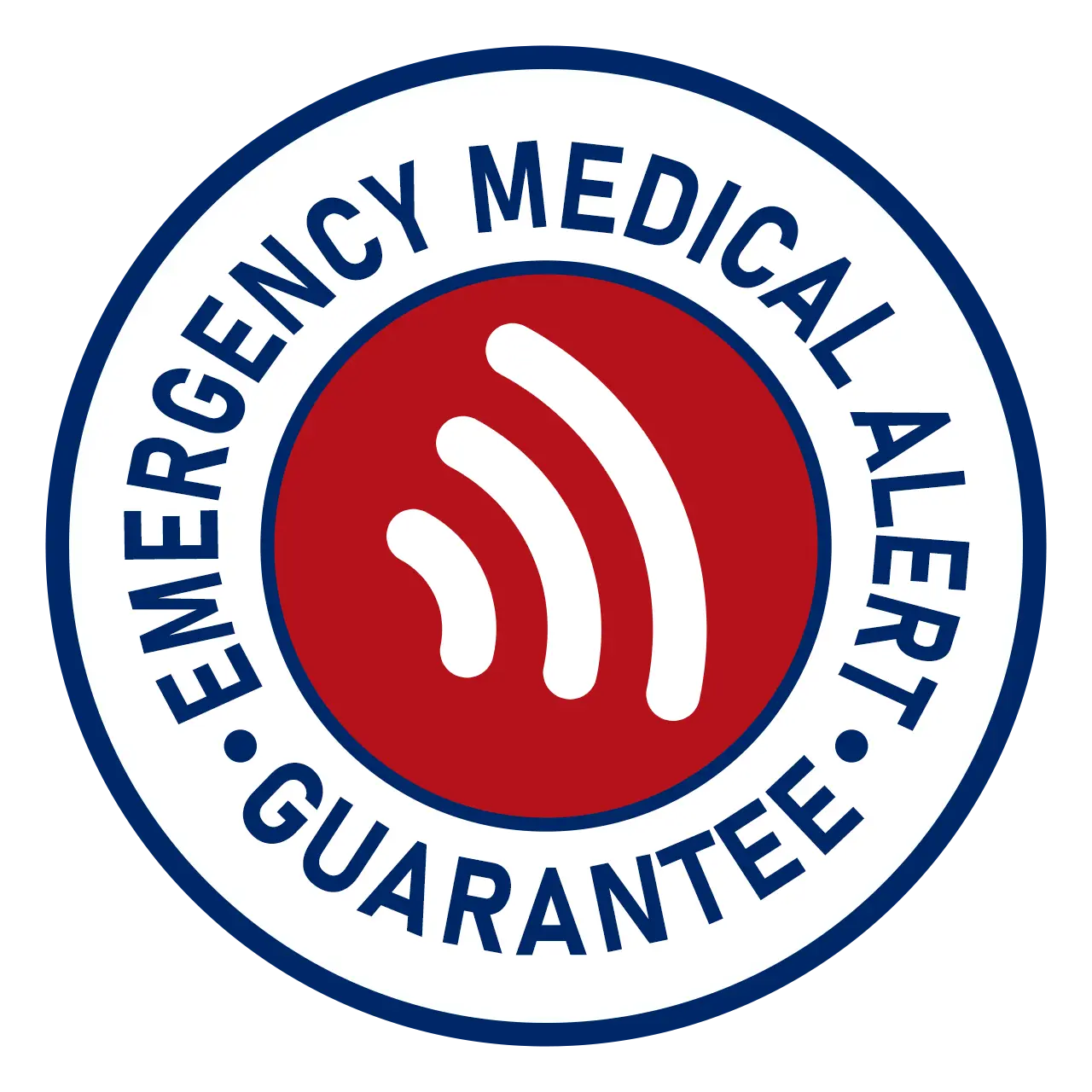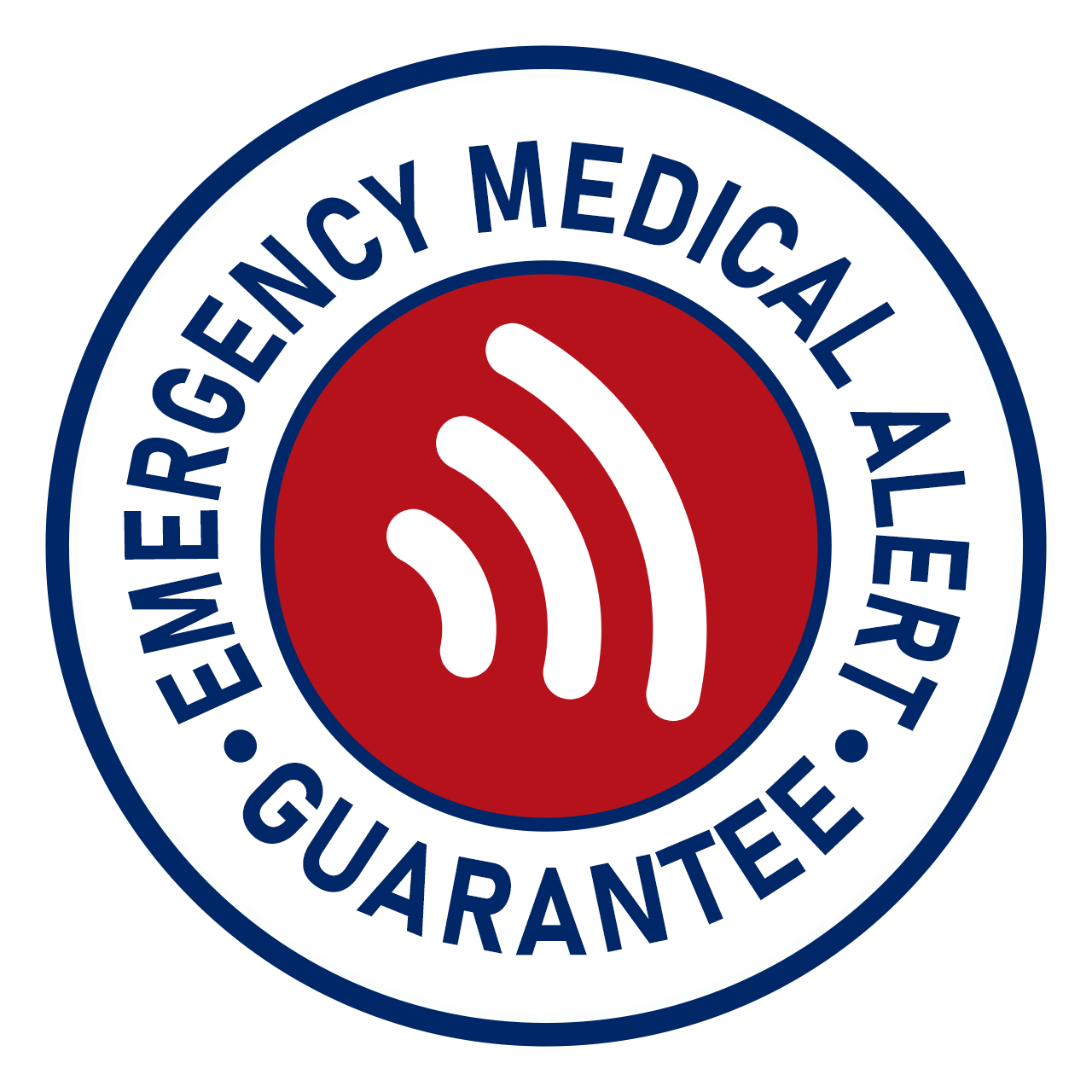Getting Around Made Easy: Senior Transportation Services You Can Trust
Reliable transportation plays a major role in helping seniors stay independent, connected, and active. Whether it's getting to medical appointments, grocery stores, or social events, having access to safe and dependable options can improve quality of life. For seniors in the United States, choosing the right senior transportation service means more freedom and less worry.
Explore trusted transportation options, practical tips, and helpful resources to support mobility, comfort, and independence.
The Importance Of Senior Transportation
Access to reliable transportation helps seniors maintain independence, stay socially connected, and attend medical appointments without relying on others. When mobility becomes limited, transportation barriers can lead to isolation and missed care, impacting long-term health and well-being.
Common transportation challenges include:
● Limited public transit options in rural or suburban areas
● Physical difficulty walking to or waiting at stops
● Inability to drive due to vision, medication, or reflex changes
● High costs of private transportation services
● Difficulty navigating complex transit systems
Choosing the right solution supports seniors' freedom, dignity, and health.
Types Of Senior Transportation Options Available

Reliable transportation can make all the difference for seniors looking to stay active, connected, and independent. Whether you need a ride to a medical appointment or want to visit friends across town, several types of senior transportation services are designed to meet your needs. Each option offers unique benefits depending on location, health, and personal preference.
Public Transportation
Many cities offer reduced fares and senior-friendly routes through their bus or subway systems. Public transportation helps older adults remain independent and active, but it may pose challenges for those with mobility issues.
Benefits include:
● Low-cost travel for errands, appointments, and social outings
● Consistent schedules and wide coverage in urban areas
● Senior passes and reduced fare programs
Limitations to consider:
● Difficult access for those with walkers or wheelchairs
● Long walks to bus stops or train platforms
● Navigating complex routes without assistance
Paratransit Services
Paratransit services are specialized ride programs for individuals who cannot use traditional public transportation due to disabilities or mobility limitations. These door-to-door or curb-to-curb services often operate through local transit authorities.
Eligibility typically requires documentation of a disability or functional limitation. You schedule trips in advance and often share rides with other passengers.
Ride-Sharing And Volunteer Driver Programs
Apps like Uber and Lyft can be convenient for tech-savvy seniors. Many now offer features that simplify the ride-booking process. Local nonprofits and community groups may also run volunteer driver programs offering personalized service from trusted community members.
These services are helpful for seniors who need occasional rides but don’t qualify for paratransit or prefer not to use public transit.
Non-Emergency Medical Transportation (NEMT)
NEMT supports seniors who need help getting to medical appointments but don’t require an ambulance.
Key features include:
● Covered by Medicaid in many states
● Scheduled rides for dialysis, checkups, or specialist visits
● Accommodates walkers, canes, or wheelchairs
Safety Tips For Seniors Using Transportation Services

Staying safe while getting around is just as important as reaching your destination. Seniors can protect themselves by following simple, proactive safety practices when using any transportation service.
Before the Ride:
● Confirm ride details and driver identity, especially for ride-share apps
● Keep emergency contact information with you
● Share your trip details with a family member or friend
During the Ride:
● Sit in the back seat when possible for ride-share vehicles
● Buckle your seatbelt at all times
● Avoid carrying large sums of cash or displaying valuables
● Stay alert and speak up if something feels wrong
Financial Assistance And Programs For Senior Transportation
Transportation costs can increase quickly, but seniors don’t have to face them alone. Multiple programs across the United States provide financial relief, helping older adults access the necessary transportation without straining their budgets.
Programs and Support Options:
● Area Agencies on Aging (AAA): Offer local transit programs or ride vouchers
● Medicaid NEMT Benefits: Cover rides for eligible medical appointments
● State and Local Transit Discounts: Many cities provide reduced fares for seniors
● Nonprofits and Religious Organizations: Some offer free volunteer-based transportation
● Veterans Affairs (VA): May provide travel assistance for eligible veterans
Seniors can apply through local agencies or program websites. Contact your state’s AAA or senior services office for step-by-step help with the application process.
How To Choose The Right Transportation Option
Not every service fits every lifestyle. Choosing the right senior transportation option depends on your needs, health, and location. Start by identifying how often you travel and what kind of support you require.
Consider these key factors:
● Mobility needs: Do you use a walker, cane, or wheelchair?
● Scheduling flexibility: Do you need same-day rides, or can you book in advance?
● Technology comfort: Are you comfortable using apps to schedule rides?
● Budget: Can you afford private services, or do you need low-cost programs?
Compare options based on reliability, accessibility, cost, and overall comfort to find the best fit.
Resources For Seniors Seeking Transportation Assistance
Several organizations offer reliable support to help seniors access safe, affordable transportation. Depending on your location, these resources provide information, referrals, and sometimes direct services.
● Eldercare Locator: A nationwide service from the U.S. Administration on Aging that connects seniors with local transportation and support services.
● Area Agencies on Aging (AAA): Regional organizations coordinating transit options, meal deliveries, and caregiver support.
● National Aging and Disability Transportation Center (NADTC): This center offers guidance and tools for finding accessible rides in your community.
● Local senior centers: Many offer ride programs or help schedule transportation through trusted providers.
● Dial 211 is a free, confidential resource line connecting callers to local transportation assistance and social services.
Explore these resources to find the right transportation support for your lifestyle and needs.
Conclusion
Reliable senior transportation options support your freedom, safety, and well-being. Whether you're heading to a doctor’s appointment, visiting loved ones, or running errands, the right service makes daily life easier and more connected.
Explore available programs, ask questions, and choose the transportation support that helps you stay active, healthy, and in control of your journey.






















